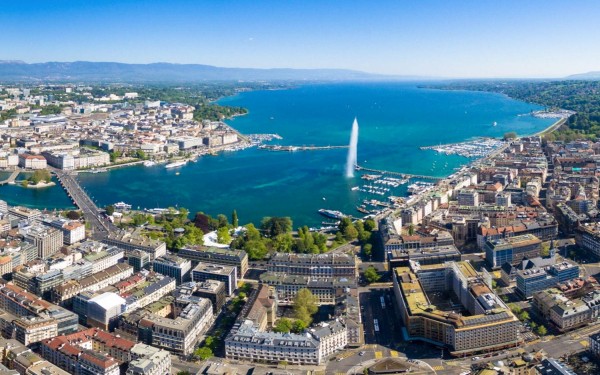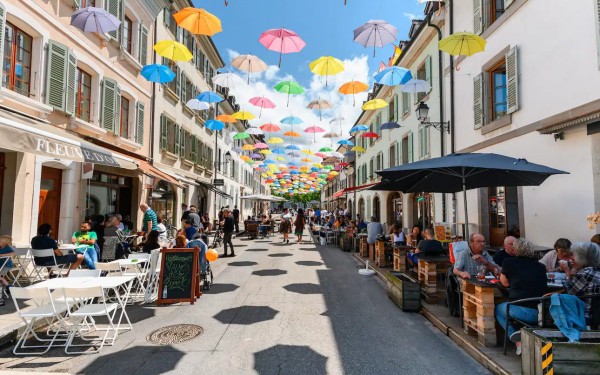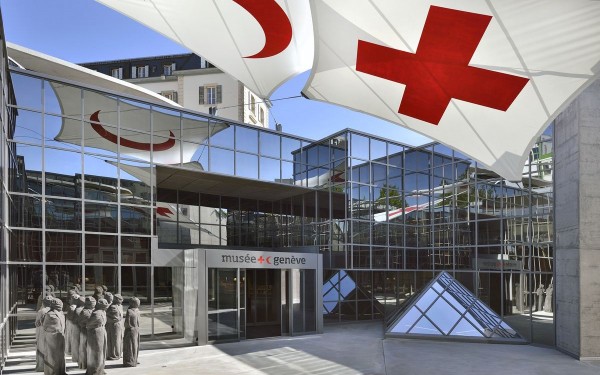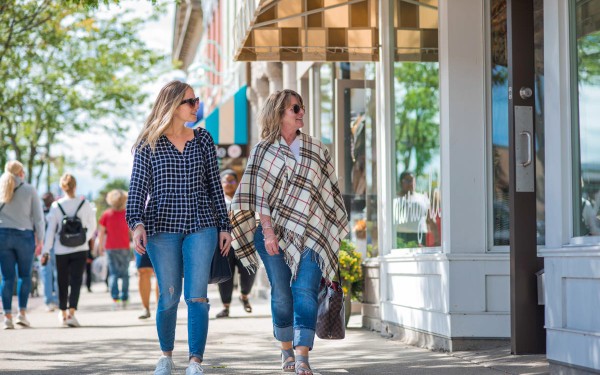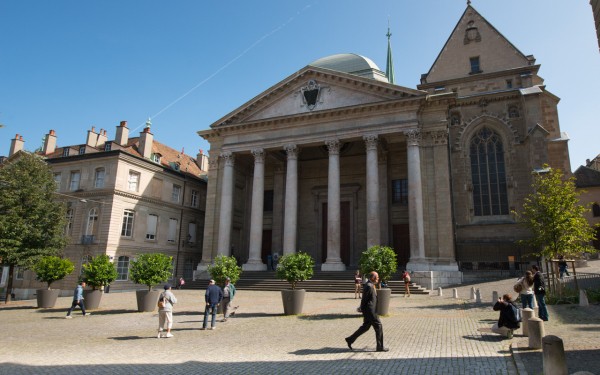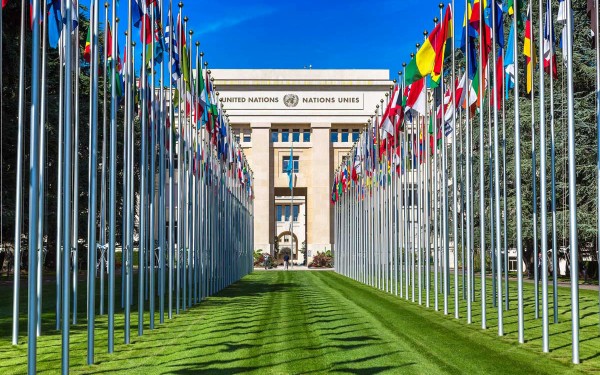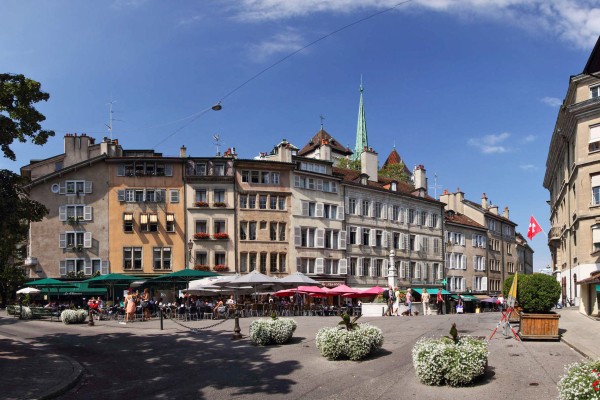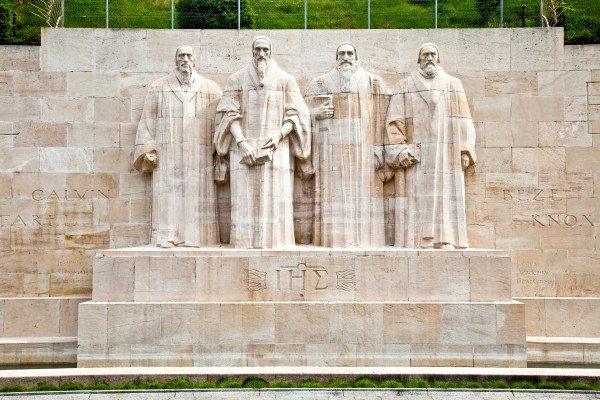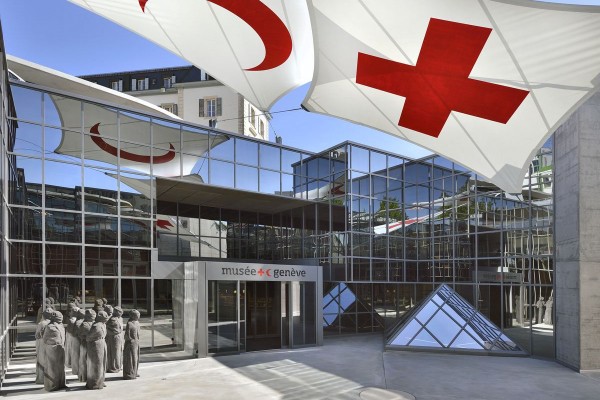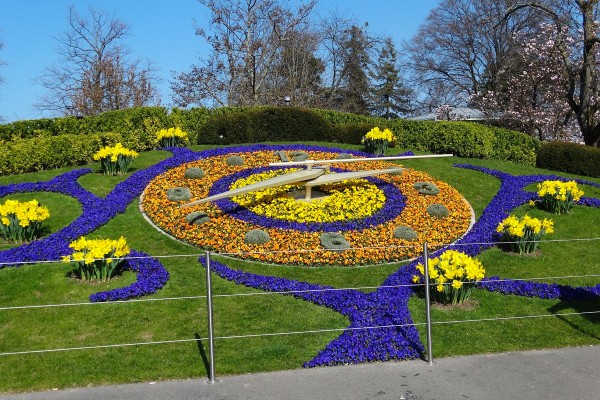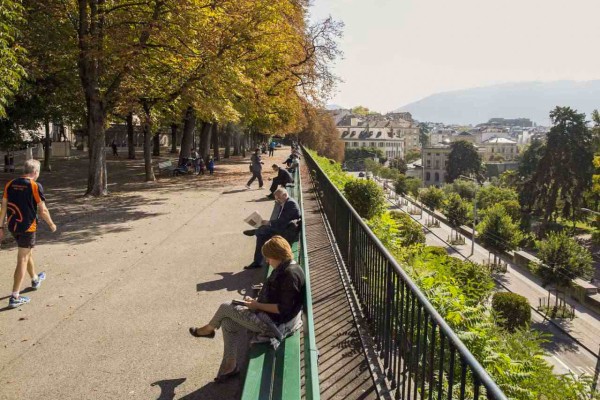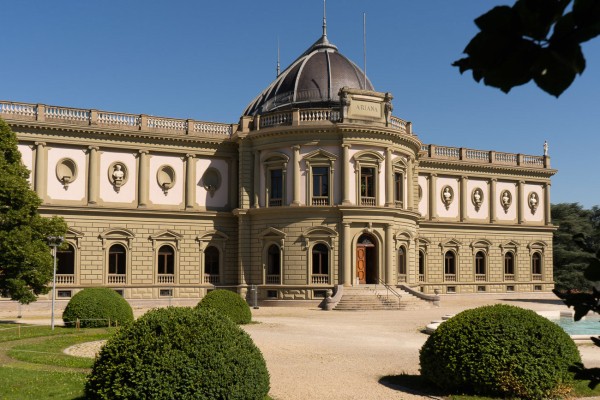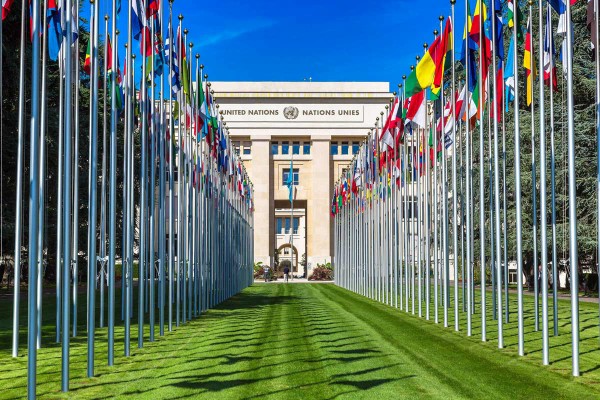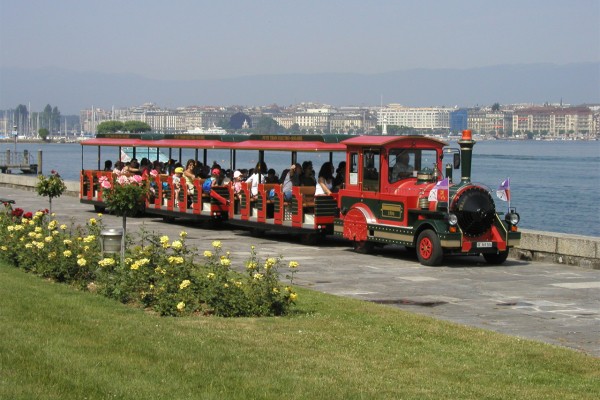Geneva is the second largest city in Switzerland and is known for its luxury shops, watches, and pocketknives. The city is located at the point where the Rhône flows from Lake Geneva towards the Mediterranean Sea. Over 40% of Geneva’s inhabitants are not from Switzerland. This is due to all kinds of international organizations that are based here such as the International Red Cross, the World Health Organization, and the World Trade Organization. Geneva is a great place to shop and has plenty of good restaurants and cafés. Geneva also has historical monuments and, of course, Lake Geneva to offer. This all makes Geneva most definitely worthwhile visiting for a day during your holiday. If you are visiting the city, you may need a France environment sticker “Crit’Air”. There is a possibility that you will drive through a permanent or temporary environmental zone.
Lake Geneva
Geneva is located next to a Lake, which was consequently named after the city, and at the feet of the Jura mountains and the Alps. All sorts of water sports are possible on the lake. We recommended a trip with a tour boat. There are four boarding options in Geneva, and you can also choose from several themed tours such as a sightseeing cruise around the lake, an evening cruise with a meal, or a cruise which allows you to hop off in different places.
Jet d'eau, the fountain of Geneva
Due to its large size, it can already be seen from great distance: the Jet d'eau. This fountain is located on the edge of Lake Geneva and is 140m high, which makes it one of the tallest fountains in the world. At a speed of 200 km/h, the fountain sprays 450 liters of water into the air per second. To get a good view of the fountain you should go to the bridge the Pont du Mont-Blanc.
Vieille Ville of Geneva
During your visit to Geneva, also visit its old town (Vieille Ville). It is the largest historical center in Switzerland. Walk through the old winding streets and see the following sights:
- The Cathédrale Saint-Pierre and the Chapelle de Macchabées
- Calvin College (Collège Calvin), from the 16th century, the oldest in the city
- The Reformation Monument
- The Bastionpark
- The Treille promenade
- Place du Bourg-de-Four, a square with fountains
- Maison Tavel, the oldest private house in Geneva
- The Molard Tower. Located at Molard square’s exit. Built in 1591 and decorated with weapons from the history of Geneva.
- The special street names: Rue du Purgatoire (Purgatory), Rue d'Enfer (Hell), Rue de la Croix d'Or (Golden Cross) and Rue de Toutes Âmes (of all souls).
Museums
Geneva has many museums. A few of the most famous museums are:
- CERN Particles Universe – An exhibition of a possible theory on the origin of the universe and particle physics.
- La Cité du Temps – a small museum which exhibits Swatch watches. The museum highlights the development of design over the past 30 years.
- Musée Patek Philippe – Geneva is one of the most important places for the production of watches. This museum is a tribute to the expertise of Swiss watchmakers.
- Musée d'Art et d'Histoire – This is geneva's largest museum and displays facets of the history of art and culture.
- Ariana Museum – A museum of ceramics and glass
- Russian Church of Geneva – not a museum but still worth a visit.

